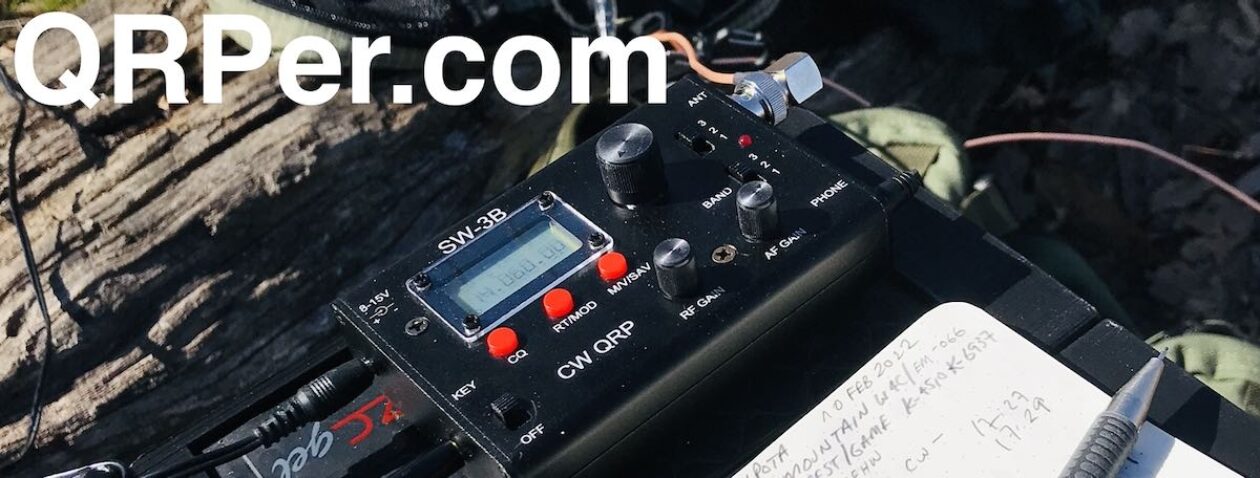Many thanks to Conrad (N2YCH) who shares the first of a three-part field report series outlining his 2023 Hamvention rove with Peter (K1PCN). Click here for Part 1 and Part 2.
Part 3: Dayton Hamvention Trip QRP POTA Rove
By Conrad Trautmann, N2YCH
The Bonus State
Welcome to part three of a three-part POTA rove story where Peter, K1PCN and I decided to activate six state parks for our Parks on the Air Activated States Award on the drive to the Dayton Hamvention.
In installments one and two we activated Delaware, Maryland, West Virgina, Pennsylvania, Ohio and Indiana. I thought we had exhausted all our state activating possibilities for this trip, until…Peter said, “you know, Kentucky is not that far away. And, by the way, there is a park down there that has never been activated digitally…”
Really? I’m in.
We decided that on day two of the Hamvention, we would leave in the afternoon and make our way to Kentucky, which was just over an hour away. While we were standing on the line to get into the Hamvention on Saturday morning, one of the people near us mentioned that the Voice of America Museum was open until 9pm that night and he was considering going.
I stopped at the VOA booth in the Hamvention and picked up a brochure and on our way to Kentucky, Peter suggested that maybe on the way back, we stop in.
Kentucky
Our best bet for a Kentucky POTA activation, which was recommended by a fellow digital activator at the South West Ohio DX association dinner we attended the night before, was Big Bone Lick State Historic Site (K-3779). According to the Internet, it was named Big Bone Lick because of the “mammoth artifacts that were found and because of the salt springs that animals drank.” I found that it was impossible to tell anyone the name of the park without a smirk or chuckle in return.
When we arrived in Kentucky, we drove around Big Bone Lick park looking for a place to activate. Apparently, there are buffalo at the park…however, we did not activate near the buffalo. We found an unused picnic area and split up.
Literally about five minutes after I set up and got on the air, a group of moms with five-year-olds celebrating one of their birthday’s showed up. One of the mom’s apologized and explained that I had found her secret place in the park…but by then, I had almost completed my activation and was ready to break down.
I don’t mind it when people come up and ask about what I am doing, I’m always happy to explain ham radio to anyone who’s curious. Activating a park surrounded by a group of five-year-olds was a new experience that I hope to never repeat. Here is a photo of my setup at Big Bone Lick.
Given that it was later in the day by the time we arrived, Peter chose 40 meters, and I took 20 meters. 22 QSO’s later, here’s my coverage using the Buddipole with the 17’ MFJ whip and the Elecraft KX3 at 10 watts.
VOA
On our way back, Peter called the VOA museum to confirm they would be open late that night and then that became our next destination since we had to pass right by on our way back to Dayton. Continue reading Part 3: N2YCH and K1PCN’s Dayton Hamvention Trip QRP POTA Rove






























































